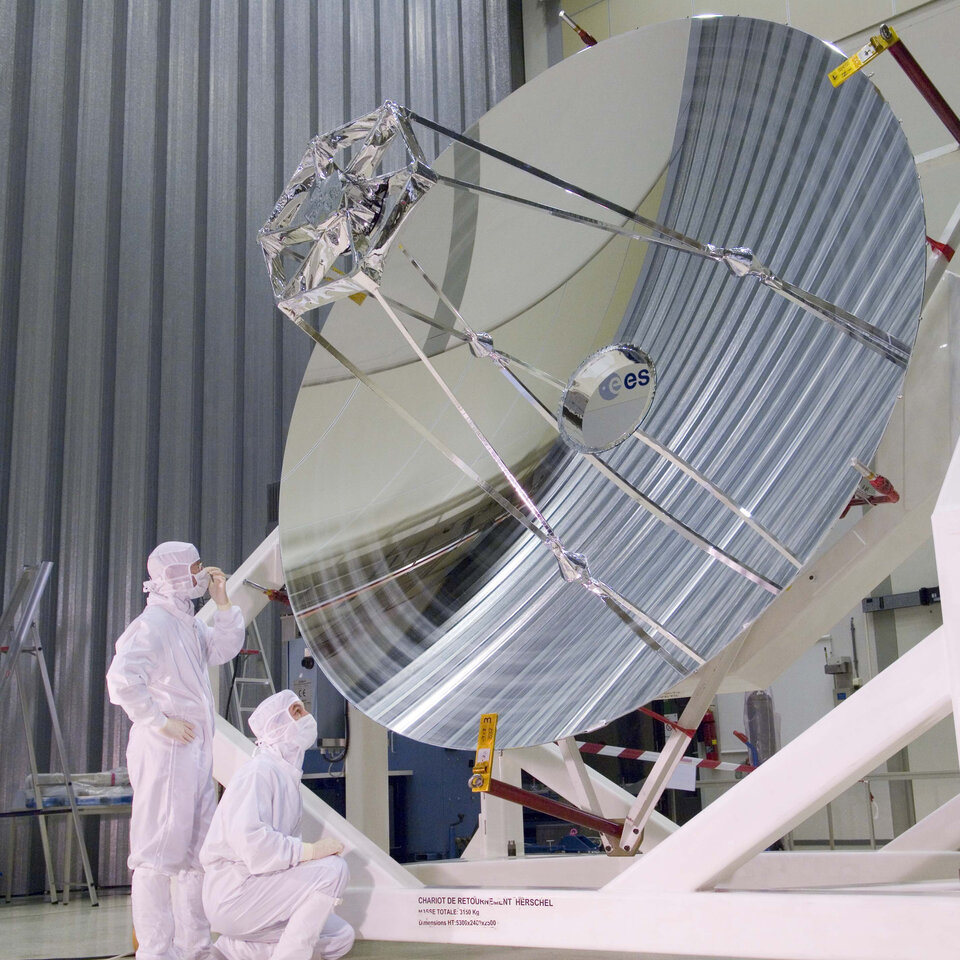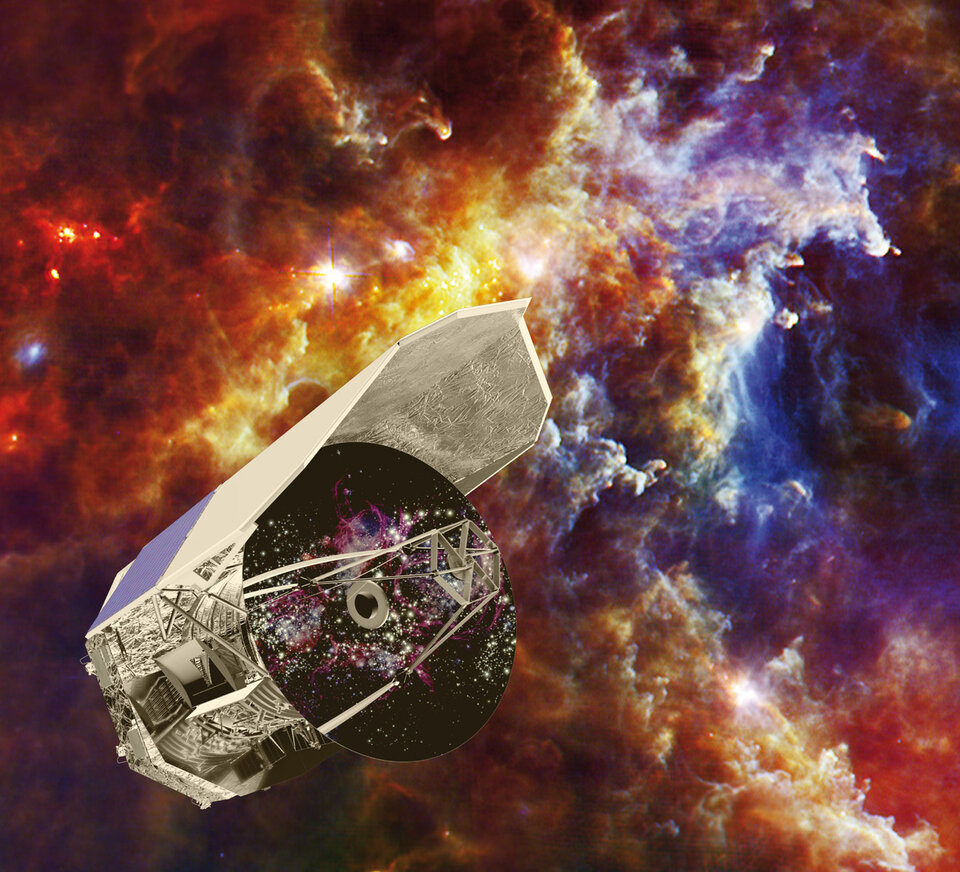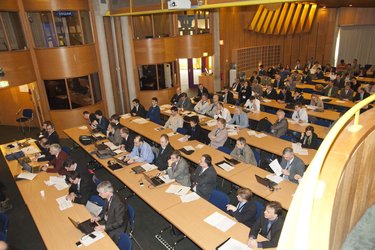Leading space technologists converge at ESA’s Technology Innovation Days
Why does Europe’s space industry need to keep on innovating? Astrium’s Chief Technology Officer, Michel Lemoine, attending ESA’s Technology- Innovation Days, explained clearly: “Because just being more efficient will not be sufficient to stay competitive.”
More than 260 European technologists, engineers and industrial representatives gathered at ESTEC, ESA’s main technical centre at Noordwijk, the Netherlands, for the second annual Technology- Innovation Days on 22 – 23 November.
The event marked an opportunity for European space industry to reflect on the topics influencing technology development, as well as showcasing new technologies fostered through ESA programmes. The theme of this year’s event was innovation for competitiveness.
A broad portfolio of technology developments was presented during the two days, including:
Astrium’s Spacecraft Controller on a Chip, SCOC3, is a single chip that does all the work of a satellite platform computer, incorporating ESA’s LEON-3-FT space processor and SpaceWire data links.
ESA’s Space Avionics Open Interface Architecture, SAVOIR, initiative is establishing manufacturing standards for spacecraft avionics components, increasing their cost effectiveness and decreasing mission development times.
- New approaches in multi-junction solar cell design seek to boost their efficiency above the current 30% ceiling, including new combinations of materials and nanostructures, as well as, in the shorter term, increasing cell size.

Lothar Gerlach of ESA’s Solar Generator section singled out the competitiveness of European solar cells as a successful outcome of sustained ESA-led innovation efforts: “We came from a long way behind with less money to not only bridge the gap with the US but develop much better solar cells.”
Speaking at a round table of Chief Technology Officers from leading aerospace companies, Mr Lemoine noted that innovation coming out of one space sector often finds broader uses.
Astrium and ESA developed light but stable silicon carbide material with ESA solely as a way of building Europe’s Herschel mission, the largest imaging telescope in space. “But today we are using this same material to build Earth observation satellites.”

“We are an equipment supplier – which makes us more dependent on ESA technology programmes,” remarked Peter Möller, Chief Technology Officer of RUAG Space.
“We need innovation to keep our products competitive not only in Europe but across the world.
“The same is true of other smaller companies in smaller countries. So our home countries make around double the average contribution to ESA technology programmes.
“But we can look back at the successes we’ve achieved as a result, and we’ll go on prioritising these programmes.”

Product standardisation was one subject under discussion. Massimo Comparini, VP for R&D and product policy at Thales Alenia Space, said that standardisation often brought shared benefits in terms of compatibility and system simplification, allowing an increased focus on innovation where needed.
Fritz Merkle, Chief Technology Officer of OHB System AG, emphasised his company’s innovation recipe included partnerships with leading university departments. The resulting exchange of ideas fostered technology ‘spin-offs’ but also valuable “spin-ins” from other industrial sectors.
He stressed that ESA-led innovation remains imperative: “We need to keep Europe a key player, otherwise in the future we will be dependent on Chinese communication satellites, on US navigation, Earth observation from India or similar scenarios.”
Europe as a whole retains a third of the global satellite market – a healthy position considering its limited defence sector involvement – but there is no room for complacency.








